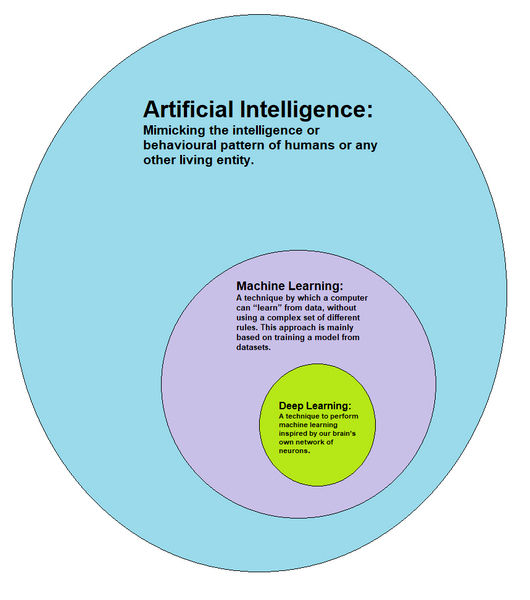Edison and the Electric Light
- lamhaarora8
- Oct 28, 2022
- 3 min read
Katy, Tx

Introduction
We use light every day- for eating, bathing, cleaning, and much more. But have you ever actually thought about how this magical, shining phenomenon ever came to be, or how it even works? To understand this, we have to go back to the year 1879.
Thomas Edison

Thomas Edison was born on February 11th, 1847 in Milan, Ohio. He began his career in 1863, when the only source of electricity was primitive batteries putting out a low-voltage current. Edison perfected the phonograph, a form of communication, in the year of 1877. He invented many items, like the carbon transmitter, during his lifetime.
The Electric Light In January 1879, Thomas Edison was the first person to discover how to create electric light . It was a high resistance, incandescent light. He made it by passing electricity through a filament made of thin platinum into a glass vacuum bulb, which delayed the filament from melting. But regardless, the lamp had only burned for a few short hours. So, he had many improvements to work on. It could’ve been the material that the filament was made of, so he tried thousands and thousands of other materials for it. It seemed pointless after a while, but little did he know, there was still hope left. One day, Edison was sitting in his laboratory and absent-mindedly rolled a piece of compressed carbon between his fingers one day. Then, the idea came to him. He started to carbonize all the materials he was trying for the filament, and started all over again. It was a lot of hard and demanding work, especially on his workers who were helping with experiments. Together, they tried carbonized versions of every plant imaginable, including flax, bamboo, boxwood, cedar, hickory, and baywood. Edison quoted: "Before I got through," he recalled, "I tested no fewer than 6,000 vegetable growths, and ransacked the world for the most suitable filament material."
"The electric light has caused me the greatest amount of study and has required the most elaborate experiments," he wrote. "I was never myself discouraged, or inclined to be hopeless of success. I cannot say the same for all my associates."
Later on, Edison tried a carbonized cotton thread filament. It ended up creating a soft orange glow that lasted for 15 hours. It was given patent number 223,898.
In the early 1880’s, he supervised the construction of the very first central electric power station located in New York City. Later on, he started constructing a laboratory in West Orange, New Jersey. He worked and lived there until his death in 1931.

Today’s Lightbulb Our current lightbulbs are based on the version from 1880. It was the lightbulb from 1879 with further improvement. Even though it's very old, it is still quite similar to today’s lightbulb. So how does our current lightbulb actually work? The thin filament is made of Tungsten. Edison actually thought about testing the material, but they lacked sufficient resources because Tungsten was quite hard to get. It is encased in a glass bulb that is filled with inert gasses (that way, the filament won’t oxidize and disintegrate). The electricity makes the wire glow, which leads the portion of the electricity to turn into light. The base is made of metal. To wrap it all up, next time you flip a switch, think about the history of our light. Because without all of that work and research, our lives wouldn’t be as simple or convenient as they are today.














You can enact your IO charge card online in a couple of straightforward advances. As you as of now have the record login subtleties, it will take a couple of minutes.Go to the mercury.com/enact connection and sign in with your Mercury account subtleties for which you need to initiate the card. www.bankruptcylive.com
Explore through the dashboard menu and select "Cards" from the rundown.